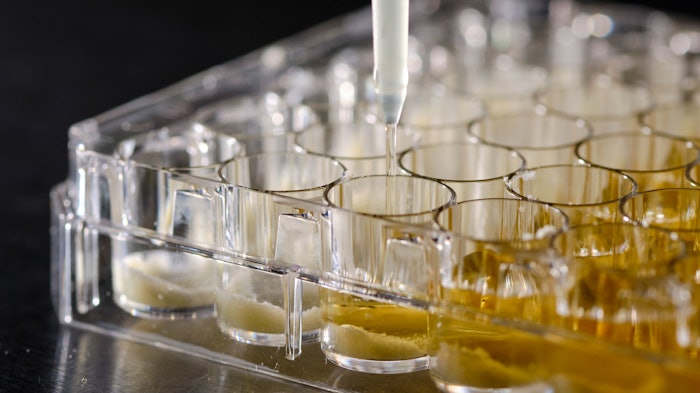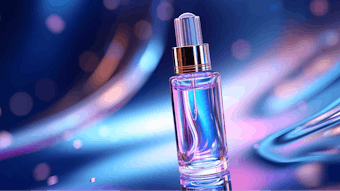
Evonik has developed a new model to test the influence of cosmetic ingredients and products on the skin microbiome in the lab. It comprises eight to ten co-cultivated common skin microbes to observe interactions and mutual interdependencies. The company is currently testing ingredients from its own portfolio to obtain evidence-based information on their microbiome-friendliness.
Modeling a Complex Microbiome System
As Evonik explains, the skin microbiome comprises all the bacteria, fungi and viruses found in skin. It varies from one person to another, and even among certain zones, e.g., sebaceous, moist or dry body sites, in an individual. It also is exposed to internal and external influences ranging from diet to sunlight, making it quite challenging to replicate.
 “Our new model closes the gap between simple but less meaningful conventional in vitro tests and more time-consuming in vivo studies on test persons," explains Prof. Stefan Pelzer, Ph.D., Head of Microbiome Research at Evonik's Biotech Hub.Evonik Industries AG
“Our new model closes the gap between simple but less meaningful conventional in vitro tests and more time-consuming in vivo studies on test persons," explains Prof. Stefan Pelzer, Ph.D., Head of Microbiome Research at Evonik's Biotech Hub.Evonik Industries AG
"Many modern cosmetics advertise that they are microbiome-friendly," says Stefan Pelzer, who is responsible for microbiome research at Evonik. "However, the tests used at present do not fully replicate the complexity of the skin microbiome."
He explained that generally, ingredients are screened on individual strains of bacteria but this does not account for the complex interaction between microorganisms. To more accurately account for these interactions, Evonik’s new skin microbiome model co-cultivates eight to ten typical skin microbes under conditions allowing all strains of bacteria to proliferate and interact. "That is a specific strength of this new approach," Evonik reports.
The microbiome consortium is grown on microplates that allow the investigation of 48 individual samples simultaneously. Per the company, this is quantifiable and cheaper than previous methods.
“Our new model closes the gap between simple but less meaningful conventional in vitro tests and more time-consuming in vivo studies on test persons,” Pelzer notes.
Moreover, the company notes that work to enhance complexity has already started. One possibility would be combining the bacterial co-cultures with tissue and cell culture models. After all, as Pelzer explained, microorganisms do not simply interact with each other; they also interact with the skin cells.
Applying the Model for Microbiome Claims, Skin Conditions
To measure the effects of products and ingredients on the model skin microbiome, any increase or decrease in the biomass and changes in the diversity of the cultures is compared with a control.
The results are then entered in an evaluation matrix as:
- "microbiome-boosting,"
- "microbiome-friendly,"
- "microbiome-modulating" or
- "microbiome-impairing."
Every significant change in the diversity of the bacteria is regarded as adverse because the protective function of the skin microbiome depends on the natural equilibrium of the microorganisms, the company notes.
Adapting the original "balanced skin" model, Pelzer’s team has additionally developed a model for acne-prone skin. Further models will be developed in collaboration with customers in the cosmetics industry.
Claims Substantiation Key to Market Growth
Evonik highlights experts estimate that global retail sales of cosmetic and care products will grow to ~US $460 billion this year (2024) and by 2027, potentially reach ~$580 billion. "Scientifically substantiated efficacy claims will be key to this growth," the company notes.










